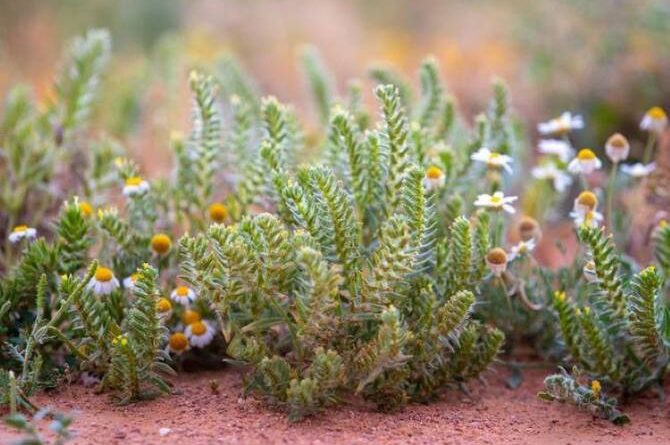Saudi Arabia plants 100 million seedlings in Al-Jouf to boost greenery and fight desertification
Riyadh – In a major step toward expanding the Kingdom’s green cover, the National Center for Vegetation Development and Combating Desertification (NCVC) has successfully planted 100 million seedlings across Al-Jouf province.
This large-scale effort forms part of Saudi Arabia’s ongoing initiatives to restore natural habitats, reduce desertification, and promote sustainable environmental practices in line with the Saudi Green Initiative and Vision 2030 goals.
The species planted include saltbushes, mugworts, Acacia etbaica, and Calligonum comosum — all known for their resilience and ability to thrive in harsh, arid climates.
These plants play a vital role in stabilizing soil, reducing erosion, absorbing carbon dioxide, and providing shelter for native bird species.
Through this project, the NCVC aims to create a self-sustaining ecosystem that not only enhances biodiversity but also contributes to combating the effects of climate change in the region.
Al-Jouf, located in the Kingdom’s northern region, has recently witnessed significant efforts to increase greenery and rehabilitate degraded lands.
The NCVC’s ongoing initiatives reflect the government’s strong commitment to achieving environmental balance and promoting sustainability.
These projects are part of the larger National Greening Season 2025 campaign, which highlights the importance of planting native species, discourages harmful environmental practices, and encourages community participation through volunteer programs.
The center’s recent efforts include the cultivation of 19 plant species at Al-Tamriyat Field Experiment and Wild Seed Production Station, as well as the Basita Pasture Seed Production Station.
These facilities specialize in producing native seeds for reforestation and land rehabilitation projects across Saudi Arabia.
The NCVC’s approach ensures that each plant species is carefully selected to suit local soil and climate conditions, maximizing survival rates and long-term ecological impact.
The initiative also extends beyond Al-Jouf, with afforestation activities reaching other natural reserves and protected areas.
For example, the King Salman bin Abdulaziz Royal Reserve Development Authority recently collaborated with volunteers from the Al-Asafiyah Center in the Tabuk region to plant more than 2,000 seedlings.
These combined efforts reflect a nationwide movement toward re-greening Saudi Arabia and promoting sustainable ecosystems.
By integrating scientific research, community engagement, and practical action, the NCVC continues to lead Saudi Arabia’s environmental transformation.
The program not only improves vegetation cover but also strengthens soil quality, supports wildlife habitats, and enhances the quality of life for local communities.
This large-scale planting drive demonstrates the Kingdom’s determination to restore balance to its natural landscapes and serve as a regional model for climate resilience.
It emphasizes that protecting and expanding vegetation is not just an environmental necessity but also a key element in achieving long-term sustainability and ecological harmony.
As Saudi Arabia continues to advance its Vision 2030 environmental goals, the success of the Al-Jouf plantation project represents a milestone in the nation’s journey toward a greener, more sustainable future.
Through continued collaboration between government authorities, volunteers, and environmental experts, the Kingdom is steadily transforming its deserts into thriving green spaces that will benefit generations to come.



